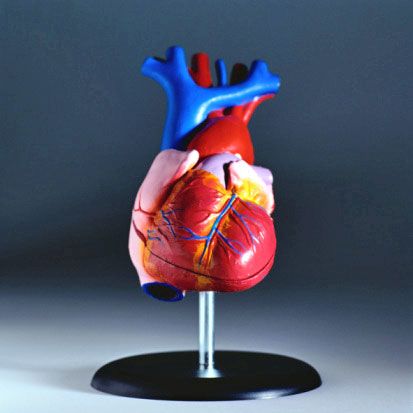
Your heart may be only slightly larger than your fist, but it's one tough muscle. Take an inside look at the heart, and learn interesting facts and tips for keeping it healthy.
Advertisement
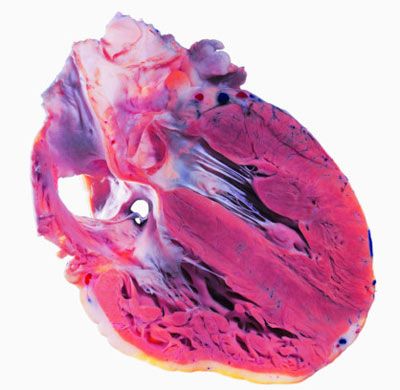
You've seen plenty of diagrams, but this is the real thing. The average heart expands and contracts about 100,000 times each day, pumping close to 2,000 gallons (7,571 liters) of blood throughout the body.
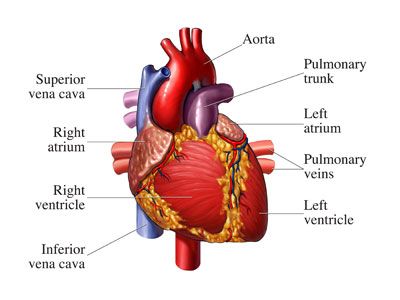
Here, the parts of the heart are identified. The heart has four chambers; the upper two are called atria, and the lower two are called ventricles. At the top of the heart is the aorta, which carries oxygenated blood to the entire body from the left ventricle.
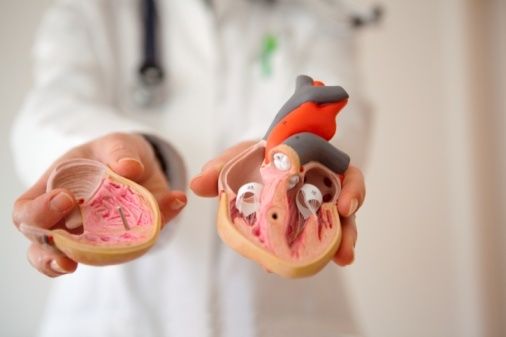
If you were to split your heart in half, you could see the muscular wall known as the septum, which divides the organ's right and left sides.
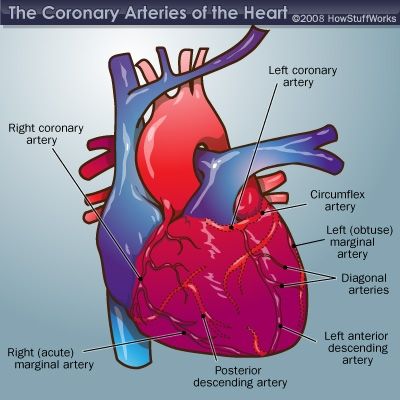
Within the heart are also arteries that are responsible for supplying the blood. All blood enters the right side of the heart through two veins: the superior vena cava and the inferior vena cava.
Advertisement
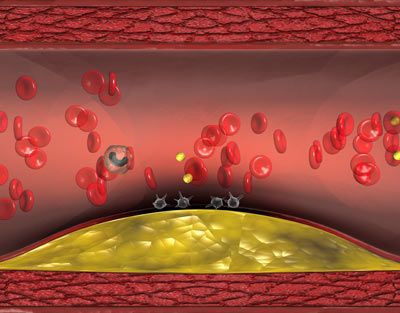
A coronary artery can become clogged as the heart tries to repair damage caused by nicotine, natural minerals such as calcium and LDL cholesterol. Plaque builds up as a result, and this hardening of the arteries is known as atherosclerosis, indicated by the yellow mound on the bottom wall of the blood vessel.

A blood clot can also form behind a blocked artery, and within minutes it can shut down blood flow to your heart or brain and cause a heart attack or stroke. Surgery may be required to prevent these conditions. See the next page to learn more.
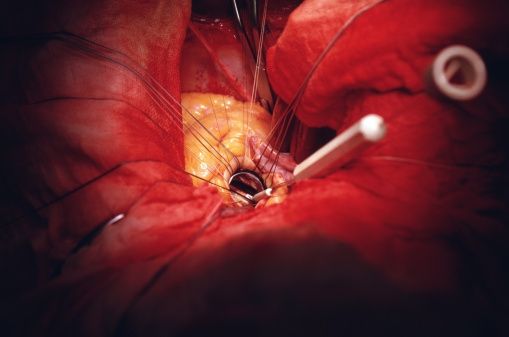
During open-heart surgery, the chest is cut open so that doctors can access the heart. A common procedure is to sew in a new piece of blood vessel to bridge over (bypass) the blockage. This procedure is called a heart bypass operation.

In some cases, a whole new heart is needed. Here, a heart sits in ice in an operating room. A healthy heart is obtained from a donor who is brain dead but on life-support. A transplant can increase patient survival by 10 years or more.

If there isn't a donor heart available, artificial hearts are also an option. Barney Clark received the first artificial heart implant Dec. 2, 1982 in Salt Lake City, Utah. Take a closer look at an artificial heart on the next page.
Advertisement
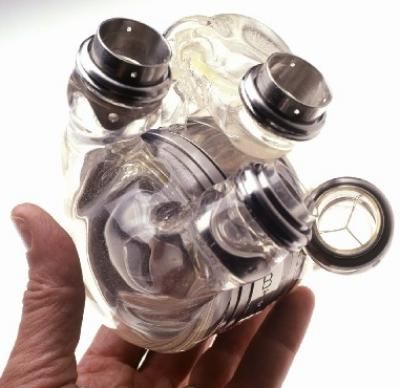
The AbioCor is a self-contained artificial heart that is expected to more than double patients' life expectancy, with one recipient surviving an additional 512 days.
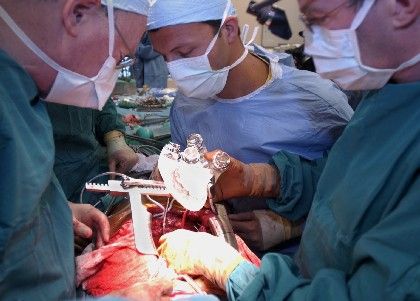
The surgery to implant an AbioCor artificial heart is extremely delicate and takes around seven hours to complete. The procedure is only for individuals who are likely to die within two weeks without the transplant procedure.
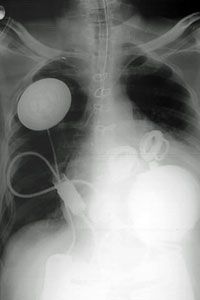
Here you can see how the artificial heart looks inside the human body. Pacemakers are another tool to keep the heart functioning. Learn more about how they work next.
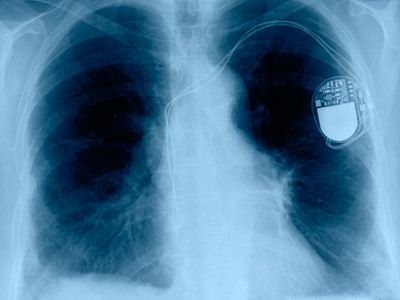
An artificial pacemaker mimics the electrical impulses normally created by the sinoatrial node. It helps the heart beat regularly at an appropriate rate and is usually for people whose heart beats too slow.
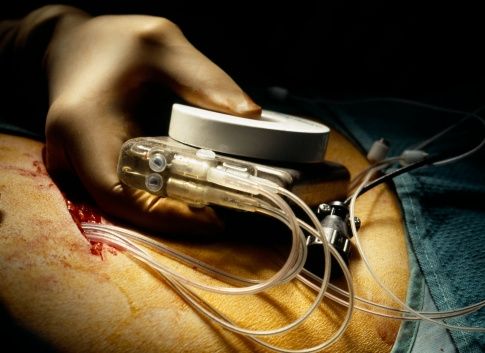
A pacemaker is implanted under the skin during a one-hour surgery. A small cut is made, usually on the left side of the chest, and wires are placed in the heart that connect to the device. Next, see the tools doctors use to determine the health of your heart.
Advertisement
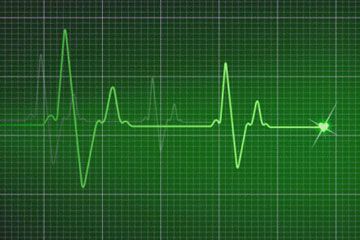
An electrocardiogram, like the one above, is also called an ECG or EKG. It is a graphic record of the heart's electrical activity and can be used to diagnosis heart disease or rapid heartbeats, such as atrial fibrillation.
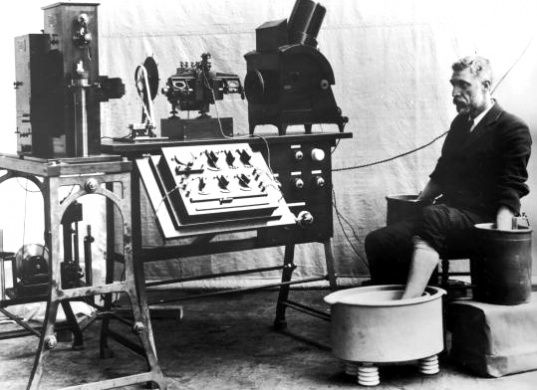
The first electrocardiograph was introduced by Cambridge Scientific Instruments. A patient sat with hands and feet in salt water during the test.
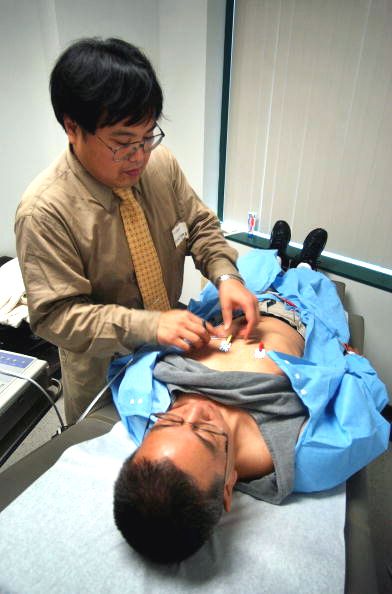
Today's electrocardiograms only take about five minutes. Electrodes are placed on the arms, legs and chest and measure the electrical impulses of the heart at rest.
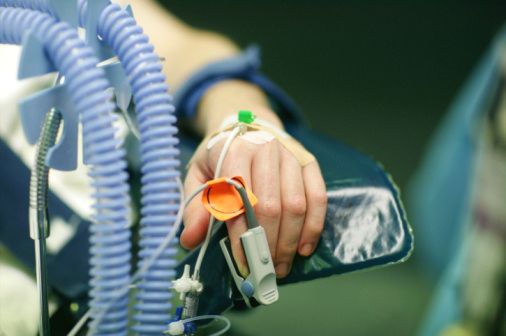
Pulse monitors can also be attached to the body, or you can place your index and middle finger on the underside of the wrist to feel for your pulse, which is the number of heartbeats per minute. The average resting heart rate for adults is 60 to 100 beats per minute.
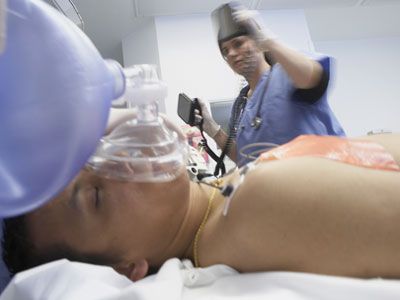
Abnormal heart rhythms can be treated with cardioversion by electric shock, such as with a defibrillator as shown here. Cardioversion is also accomplished through medicinal means, shown next.
Advertisement
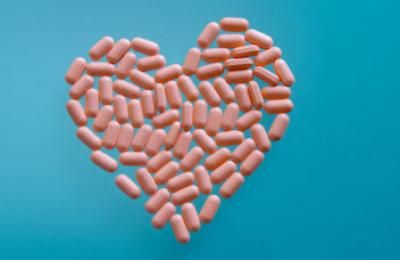
Heart failure can be treated with several types of drugs -- diuretics, inotropic and vasodilator drugs that do everything from thinning the blood and relaxing the blood vessels to blocking the effects of adrenaline.
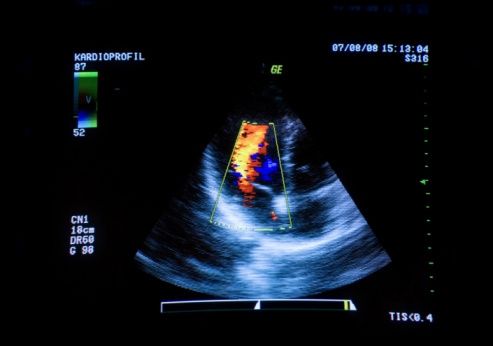
Doctors can also use ultrasound to determine the condition of your heart, especially if you experience unexplained chest pain, have had a heart attack or a history of heart disease. Learn how to keep your heart healthy next.

Eating whole foods such as fruits, vegetables, nuts, legumes, whole grains and fish for omega-3 fatty acids can help improve your heart health.

Exercise is also great for your heart, since your heart is in fact a muscle. Doctors recommend 30 minutes of cardiovascular exercise three times a week at the bare minimum.

Lastly, make sure you make time to chill out. If you're always stressed, then your body thinks it's in a constant state of threat, which increases blood pressure and your heart rate. If you lead a stressful life, try to relax with friends after work, take a walk or give meditation a try. The right amount of sleep also goes a long way toward combating your stress level. For more information, see 10 Ways to Avoid a Heart Attack and our Circulatory System articles.
Advertisement